The 10 most famous monuments in Belgium are a striking blend of architectural brilliance and rich cultural heritage. From Gothic cathedrals to medieval towers, these landmarks tell tales of a nation shaped by history, art, and resilience. Whether you’re an architecture enthusiast or a curious traveller, Belgium’s iconic monuments promise unforgettable experiences. Each site stands as a tribute to centuries of craftsmanship, offering glimpses into the country’s diverse past. Let’s explore these magnificent treasures!
10 Monuments In Belgium
Dive deep into rich culture and heritage with our detailed list of the 10 best monuments in Belgium for all history lovers:
1. Atomium
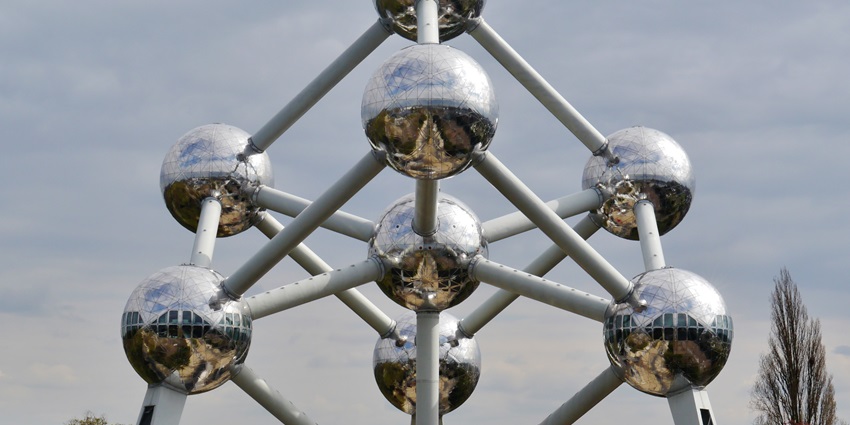
Photo: Zairon / Wikimedia Commons
In Brussels, the Atomium is a remarkable example of modernist architecture. Created for Expo 58, the 1958 World’s Fair in Brussels, it depicts an iron crystal that has been magnified 165 billion times. Comprising nine interconnected spheres, each 18 meters in diameter, the structure reaches a height of 102 meters. Initially intended as a temporary exhibit, its popularity ensured its permanence. Visitors can explore several spheres housing exhibitions on science, design, and society, while the top sphere offers panoramic views of the city, one of the best monuments in Belgium to explore.
Location: Place de l’Atomium 1, 1020 Brussels
Timings: 10 AM – 6 PM
Entry Fee: Adults €16 / ₹1,440, Seniors €14 / ₹1,260, Students €8.50 / ₹765 Children under 115 cm free
Best Restaurants To Visit: Le Cité du Dragon.
Best Hotels To Stay: Hotel Expo
2. Grand Place (Grote Markt)
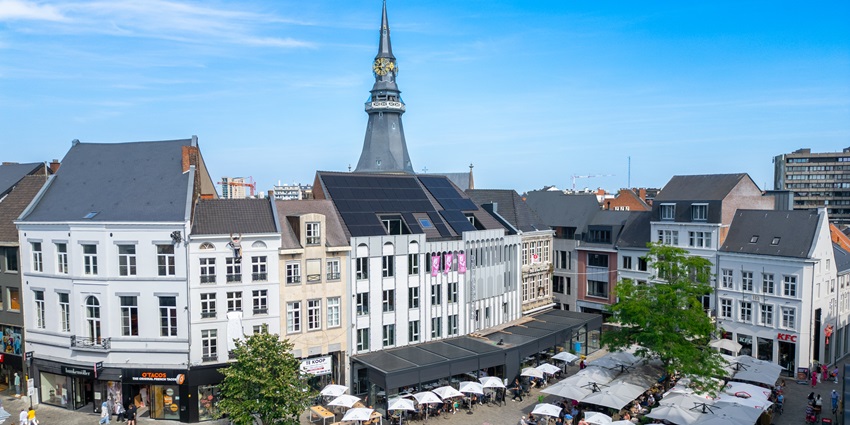
Photo: Bent Van Aeken / Wikimedia Commons
The Grand Place, Brussels’ central square, is renowned for its ornate architecture and recognised as one of the most famous historical monuments in Belgium. Founded in the eleventh century, it developed into a thriving marketplace and a centre for public gatherings. The square is encircled by opulent guildhalls, the Town Hall, and the King’s House, showcasing Gothic and Baroque styles. Despite suffering damage during the 1695 bombardment, it was meticulously restored, preserving its grandeur.
Location: Central Brussels
Timings: 24*7
Entry Fee: Free
Best Restaurants To Visit: Chez Léon
Best Hotels To Stay: Hotel Amigo
3. Manneken Pis
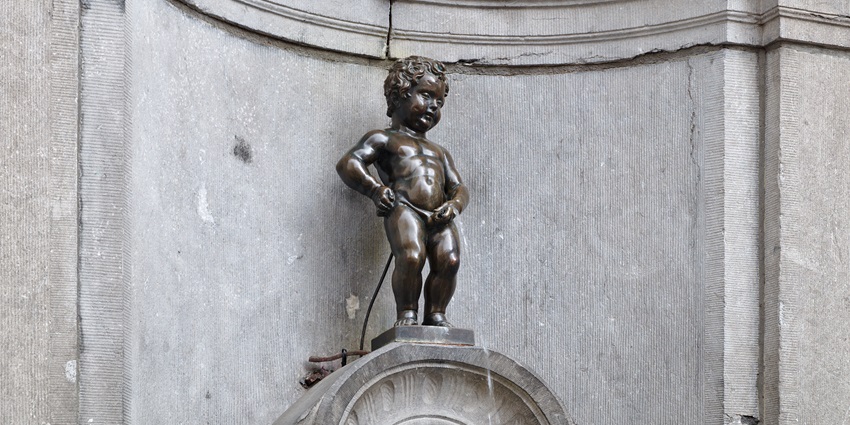
Photo: Trougnouf / Wikimedia Commons
Manneken Pis, a small bronze statue of a urinating boy, is one of Brussels’ most iconic symbols. Created in the early 17th century, it embodies the city’s irreverent spirit and has inspired various legends. The statue is frequently dressed in costumes, with a wardrobe exceeding 1,000 outfits, reflecting different cultures and events. These costumes are displayed in the nearby GardeRobe MannekenPis museum. Located near the Grand Place, the statue continues to be among the popular monuments in Belgium, delighting visitors with its whimsical charm.,
Location: Corner of Rue de l’Étuve and Rue du Chêne, Brussels
Timings: 24*7
Entry Fee: Free
Best Restaurants To Visit: Maison Dandoy
Best Hotels To Stay: The Dominican Hotel
4. Belfry Of Bruges

Photo: CEphoto, Uwe Aranas / Wikimedia Commons
The Belfry of Bruges is a medieval bell tower that dominates the city’s skyline. Built as a watchtower in the 13th century, it contained the city’s archives and treasury. Visitors can ascend 366 steps to reach the summit, which is 83 meters high and offers sweeping views of Bruges. The Belfry of Bruges is a towering medieval bell tower among the monuments in Belgium. The tower’s carillon consists of 47 bells, still played manually during concerts. Recognised as a UNESCO World Heritage site, the Belfry symbolises Bruges’ historical wealth and civic pride.
Location: Markt 7, 8000 Bruges
Timings: 9 AM – 8 PM
Entry Fee: Adults €14 / ₹1,260, Seniors €12 / ₹1,080, Students €12 / ₹1,080, Children under 6 free
Best Restaurants To Visit: De Vlaamsche Pot
Best Hotels To Stay: Hotel Heritage
5. Gravensteen Castle
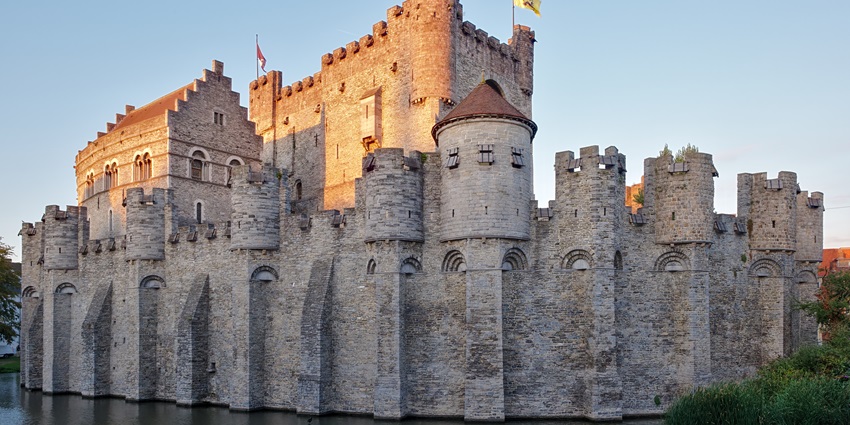
Photo: Trougnouf (Benoit Brummer) / Wikimedia Commons
Gravensteen Castle, located in Ghent, is a well-preserved medieval fortress dating back to 1180. Once the home of the Counts of Flanders, it later had several uses, such as a jail and courthouse. The castle has battlements, a moat, and a variety of medieval weapons and torture apparatuses. Restored in the late 19th century, it now functions as a museum, offering insights into feudal life. Considered as one of the popular monuments in Belgium, visitors can explore its halls and enjoy views of the city from its ramparts.
Location: Sint-Veerleplein 11, 9000 Ghent
Timings: 10 AM – 6 PM
Entry Fee: Adults €13 / ₹1,170, Seniors €11 / ₹990, Students €8 / ₹720, Children under 12 free
Best Restaurants To Visit: De Graslei
Best Hotels To Stay: Hotel Harmony
6. Cathedral Of Our Lady
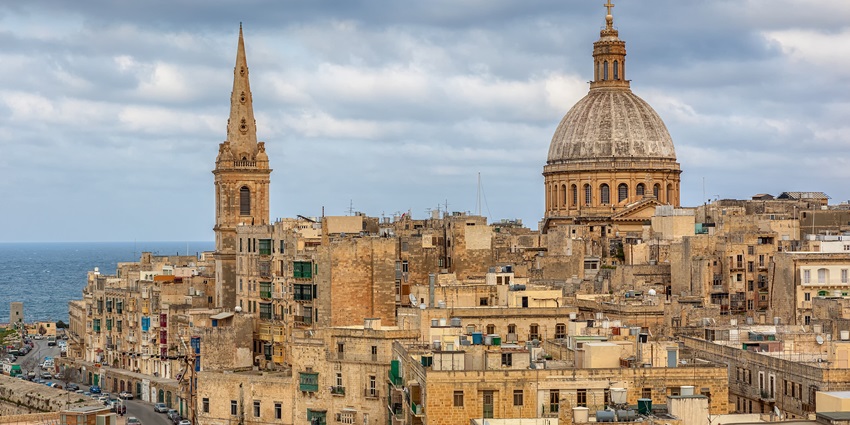
Photo: Anton Zelenov / Wikimedia Commons
The Cathedral of Our Lady in Antwerp is a masterpiece of Gothic architecture and the tallest church in the Benelux region. Construction began in 1352 and continued over several centuries, resulting in a richly detailed structure. Peter Paul Rubens, a Baroque painter, has several pieces in the cathedral, including “The Elevation of the Cross.” The city’s skyline is dominated by its 123-meter spire, which represents Antwerp’s historical prominence. Despite periods of neglect and damage, extensive restorations have preserved its grandeur.
Location: Groenplaats 21, 2000 Antwerp
Timings: Monday to Friday, 10 AM – 5 PM; Saturday, 10 AM – 3 PM; Sunday, 1 PM – 4 PM
Entry Fee: Adults €12 / ₹1,080, Seniors €10 / ₹900, Students €8 / ₹720, Children under 12 free
Best Restaurants To Visit: De Peerdestal
Best Hotels To Stay: Hotel Julien
7. Basilica Of The Holy Blood
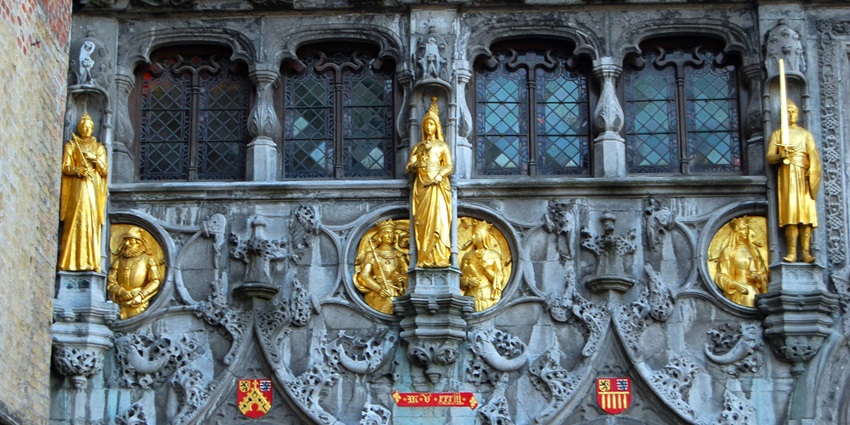
Photo: Enrique Matías Sánchez / Wikimedia Commons
Situated in Bruges, the Basilica of the Holy Blood is renowned for housing a relic believed to contain the blood of Jesus Christ. The basilica is divided into two chapels: the upper Gothic chapel, which houses the relic, and the lower Romanesque chapel, which is devoted to St. Basil. The relic is paraded through the city during the annual Procession of the Holy Blood, a tradition dating back to the Middle Ages. The basilica’s architecture and religious significance attract numerous pilgrims and tourists.
Location: Burg 13, 8000 Bruges
Timings: 9.30 AM – 12 PM and 2 PM – 5 PM
Entry Fee: Free
Best Restaurants To Visit: Den Dyver
Best Hotels To Stay: Relais Bourgondisch Cruyce
8. Saint Bavo’s Cathedral (Sint-Baafskathedraal)
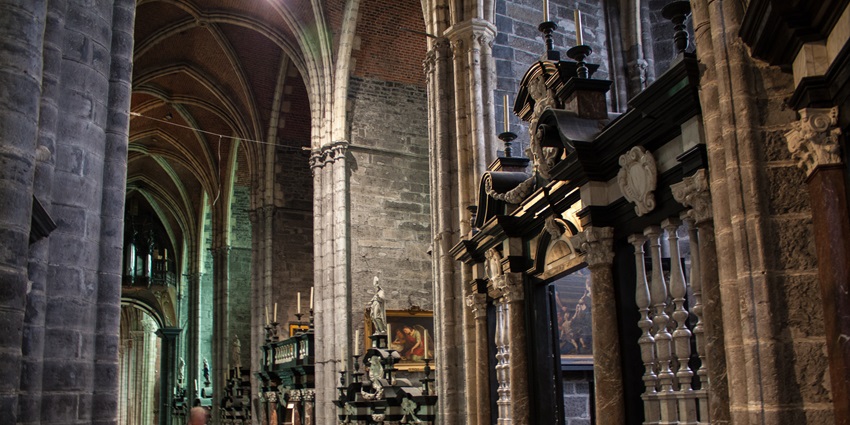
Photo: simonly / Wikimedia Commons
With roots in a chapel from the tenth century, Saint Bavo’s Cathedral in Ghent is a magnificent example of Gothic architecture. The “Adoration of the Mystic Lamb,” an altarpiece created by the Van Eyck brothers in the fifteenth century, is the cathedral’s most famous feature. Its interior includes a baroque pulpit, stained glass windows, and elaborate woodwork. The cathedral has witnessed significant historical events, including the baptism of Charles V.
Location: Sint-Baafsplein, 9000 Ghent
Timings: 8.30 AM – 5.30 PM (Monday to Saturday); 1 PM – 5.30 PM (Sunday)
Entry Fee: Mystic Lamb Altarpiece viewing: Adults €12 / ₹1,080, Seniors €10 / ₹900, Students €8 / ₹720, Children under 12 free
Best Restaurants To Visit: Pakhuis
Best Hotels To Stay: Pillows Grand Boutique Hotel Reylof
9. Mont Des Arts
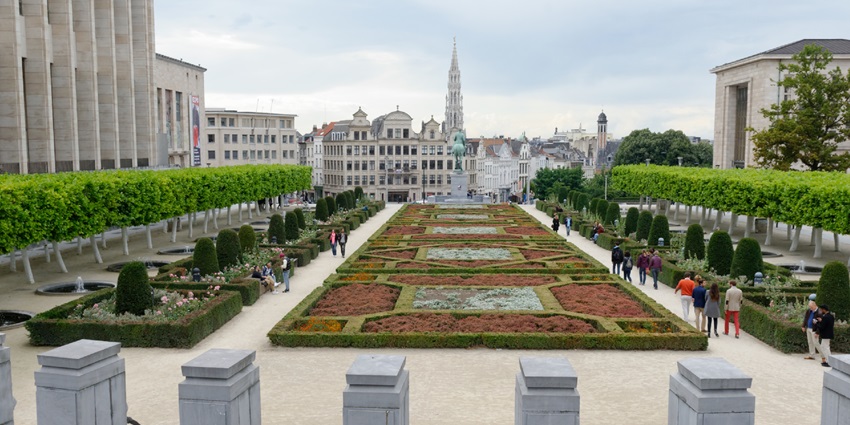
Photo: Michael Kramer / Wikimedia Commons
The “Hill of the Arts,” or Mont des Arts, is a cultural complex in Brussels that provides expansive city vistas. Developed for the 1910 Universal Exhibition, it was later redesigned in the 1950s to include gardens, fountains, and modernist buildings. The area houses several cultural institutions, including the Royal Library and the Magritte Museum. Its landscaped gardens provide a tranquil space amidst the urban environment. Mont des Arts serves as a nexus of art, history, and architecture, reflecting Brussels’ cultural richness, one of the famous monuments in Belgium.
Location: Mont des Arts, 1000 Brussels
Timings: 24*7
Entry Fee: Free
Best Restaurants To Visit: Bozar Brasserie
Best Hotels To Stay: NH Collection Brussels Centre
10. Palace Of Justice
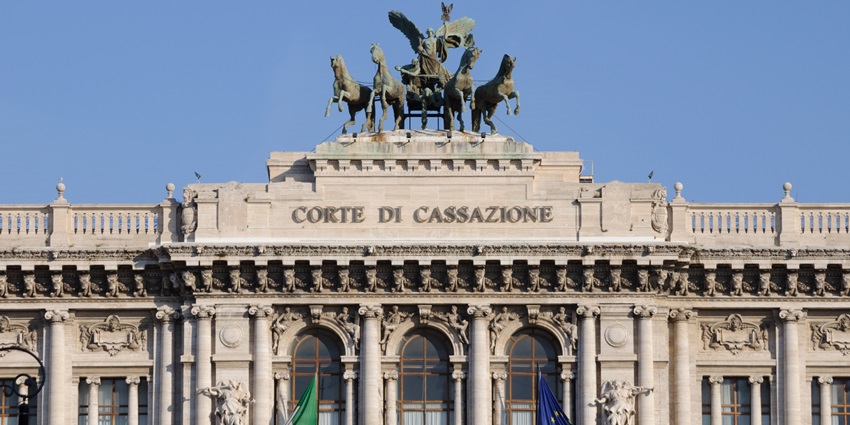
Photo: MrPanyGoff / Wikimedia Commons
The nation’s highest court is housed at the majestic neoclassical Palace of Justice in Brussels. Constructed between 1866 and 1883, it was designed by architect Joseph Poelaert. The building’s vast size and prominent location reflect Belgium’s judicial importance. Despite suffering damage during World War II, it remains a symbol of legal authority. The palace is currently undergoing extensive renovations to restore its grandeur.
Location: Place Poelaert, 1000 Brussels
Timings: 8 AM – 5 PM (Monday to Friday)
Entry Fee: Free
Best Restaurants To Visit: La Villa Emily
Best Hotels To Stay: The Hotel Brussels
From medieval towers to modernist marvels, the monuments in Belgium offer a captivating journey through time. Each structure tells a story of art, power, faith, or innovation, woven into the nation’s rich cultural fabric. Whether you’re admiring the Gothic beauty of Antwerp’s cathedral or marvelling at the futuristic Atomium, Belgium’s landmarks promise lasting impressions. Explore more such packages offered by TripXL, and experience a country’s soul through its most iconic masterpieces.
Cover Photo: Flocci Nivis / Wikimedia Commons


 WhatsApp
WhatsApp
 Twitter
Twitter









